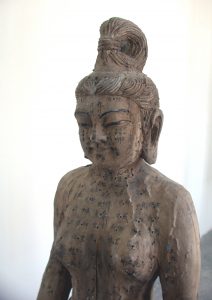The Power of the Public Realm
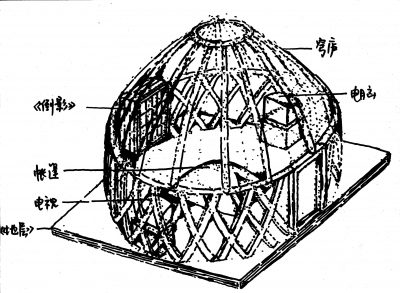
Phase VI – Yue Luping: Separate Paths
The Power of the Public Realm
Time: Mar.26 –Apr.18, 2004
Location: Xiaocheng Village “Long March Space”, Yanchuan County; 25000 Cultural Transmission Center, Beijing
Artist: Yue Luping
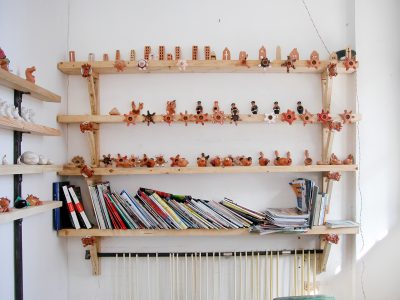
Phase V – Liang Shuo: Sculpture Toys/Temple Fair
The Power of the Public Realm
Time: Feb.20 – Mar.21, 2004
Location: 25000 Cultural Transmission Center, Beijing
Artist: Liang Shuo

Phase IV – Unknown and Anonymous
The Power of the Public Realm
Time: Jan.01 – Feb.10, 2004
Location: 25000 Cultural Transmission Center, Beijing
Artist: Unknown and Anonymous
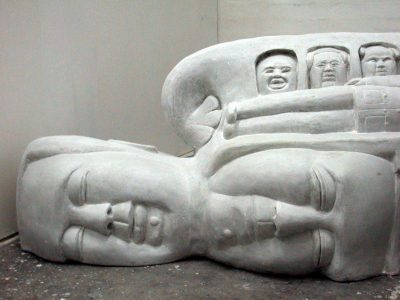
Phase II & III – Wang Wenhai
The Power of the Public Realm
Time: Nov.01 – Dec.31,2003
Location: 25000 Cultural Transmission Center
Artist: Wang Wenhai
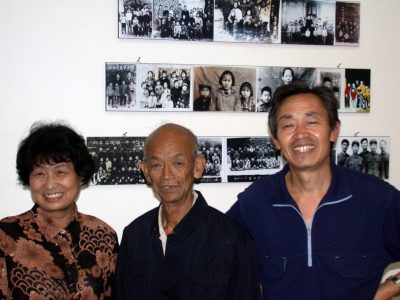
Phase I Guo Fengyi, Jiang Jiwei, Li Tianbing, Wang Wenhai
The Power of the Public Realm
Time: Sep.18 – Dec.20, 2003
Location: 25000 Cultural Transmission Center, Beijing
Aritsts: Guo Fengyi, Jiang Jiwei, Li Tianbing, Wang Wenhai
Phase IV – Unknown and Anonymous
The Power of the Public Realm
Time: Jan.01 – Feb.10, 2004
Location: 25000 Cultural Transmission Center, Beijing
Artist: Unknown and Anonymous
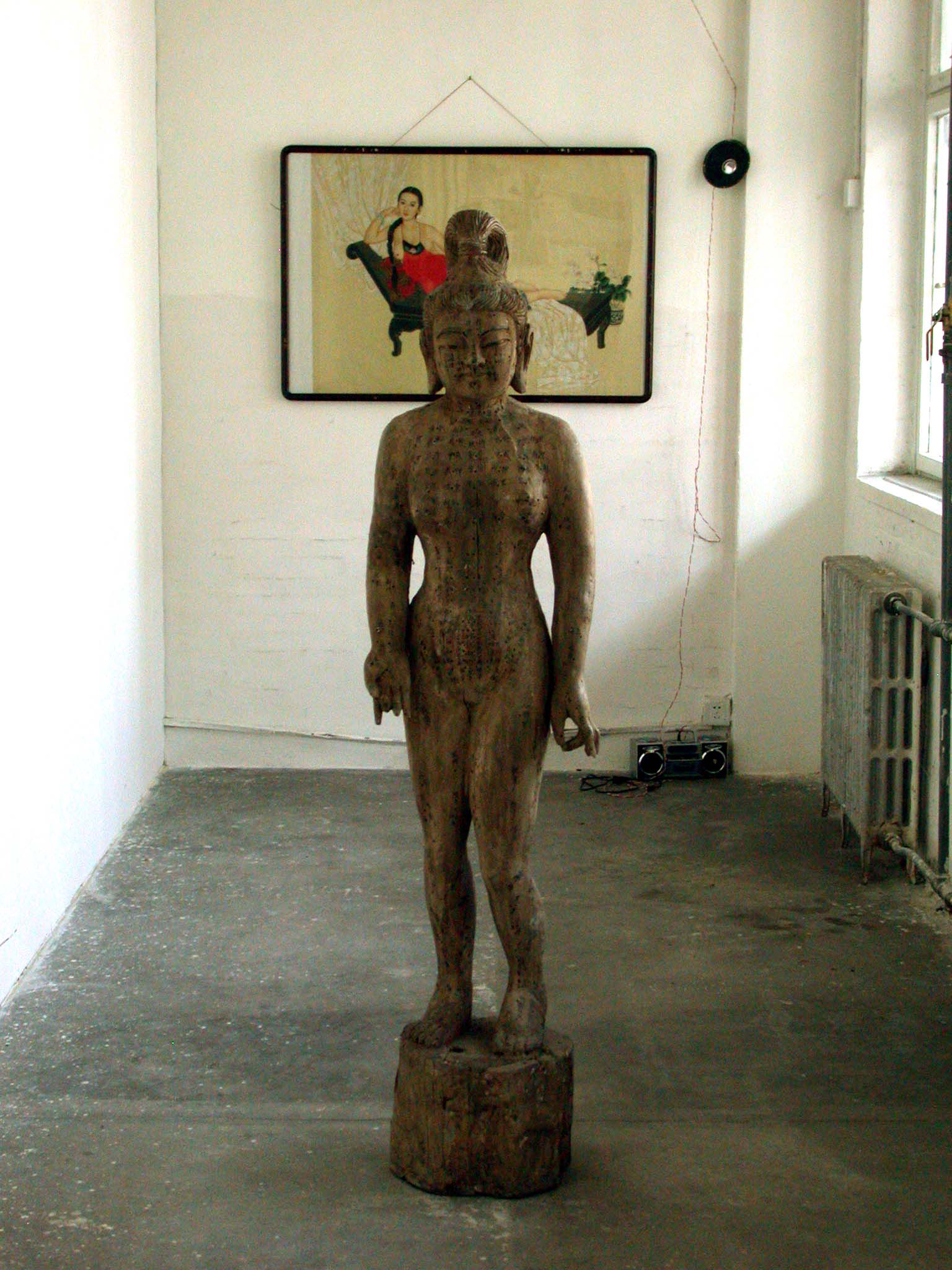
Installation View
On January 1st, 2004, The Long March Space — The Power of the Public Realm will enter its fourth month, Unknown and Anonymous. Contemporary artists from the city will join the four public artists already exhibiting at the Long March Space, creating a dialogue between amateur and professional, public and elite. At the same time, the show produces a rare moment when the general public can participate in a dialogue with the artists and artworks that has no artificial division, no distancing, and no alienation. The artists themselves are as much a part of the public as the viewers are. With this new phase, we will carry on marching in our endeavor to peel away the layers of meaning surrounding the notion of “art” and “public” while at the same time building up the public space within the 25000 Cultural Transmission Center.
If you revisit the Long March Space now, in addition to the works created by the four artists of phases one through three of The Power of the Public Realm (including “Master Photographer of Natural Light” Li Tianbin, “Maxim Mountain”’s Jiang Jiwei, Xi’an’s Master Guo Fengyi, and Yanan’s “King of Clay” Wang Wenhai), you will see that two other elements have entered the space — Wang Jinsong’s sound installation New Long March Slogan and a new Unknown and Anonymous exhibition. New Long March Slogan consists of readings of Long March curators’ words mixed together with excerpts from famous contemporary art texts published in China. Ten cassette players broadcast Wang Jinsong’s work in ten different dialects all at once, creating a mixture of sound and language.
The “Unknown” section of Unknown and Anonymous is made up of a sculpture created in a small village in Hebei as a piece of mass-produced merchandise — a fake antique. The work was meant to cater to people’s imagination of ancient China, but it is a misinterpretation, imitations of a hodgepodge of ancient Chinese and Buddhist imagery. The statue itself is supposed to represent Buddha, but the body of Buddha is in the form of a female nude covered with the marks of acupuncture — a very contemporary representation of the image of “China” that lies within the collective’s imagination.
The work that represents the “Anonymous” portion of the exhibition consists of a classical style ink painting of a partially nude female. Dressed in a red halter with blue print linen trousers, her clothes are those of a village girl, but the model herself is a refined urban woman. She reclines on a classical daybed and holds a round-style fan idly by her side — these two elements even further demonstrate the exertion of Chinese cultural symbols. Through research, it is apparent that this work was made by a highly-skilled traditional painter, but the piece itself is commercial, falling outside of the literati community because of the model’s erotic nudity. It was made for a flea market in Beijing, thus its creator chose to remain anonymous.
The curator Lu Jie purchased these two works from Beijing’s Panjiayuan flea market for foreign tourists and exhibits them at the Long March Space to explore a topic that is a one of the core issues of the Long March project — authorship. Works by unknown and anonymous artists flood our visual culture and are constantly consumed by the market. Contemporary artists are also part of the market system, but at the same time, they carry the heavy burden of being responsible for reconstructing culture. Artists/market systems/exhibition systems, unknown/anonymous/collective: these two sets can be explored merely as contrasts, but the relationship contained within and between the sets have profound meaning in China’s visual culture. In this exhibition especially, we display works created under all different authorship circumstances in order to explore the relationship that lies between artists, the market, and exhibition systems. In China’s historical and revolutionary traditions, there are many masterpieces with collective, unknown, and anonymous creators, and they are a main element in public discourse. With The Power of the Public Realm exhibition, the 25000 Cultural Transmission Center continues to function as a space in which we can reflect on contemporary art and visual culture.
(Excerpted from the original press release)

